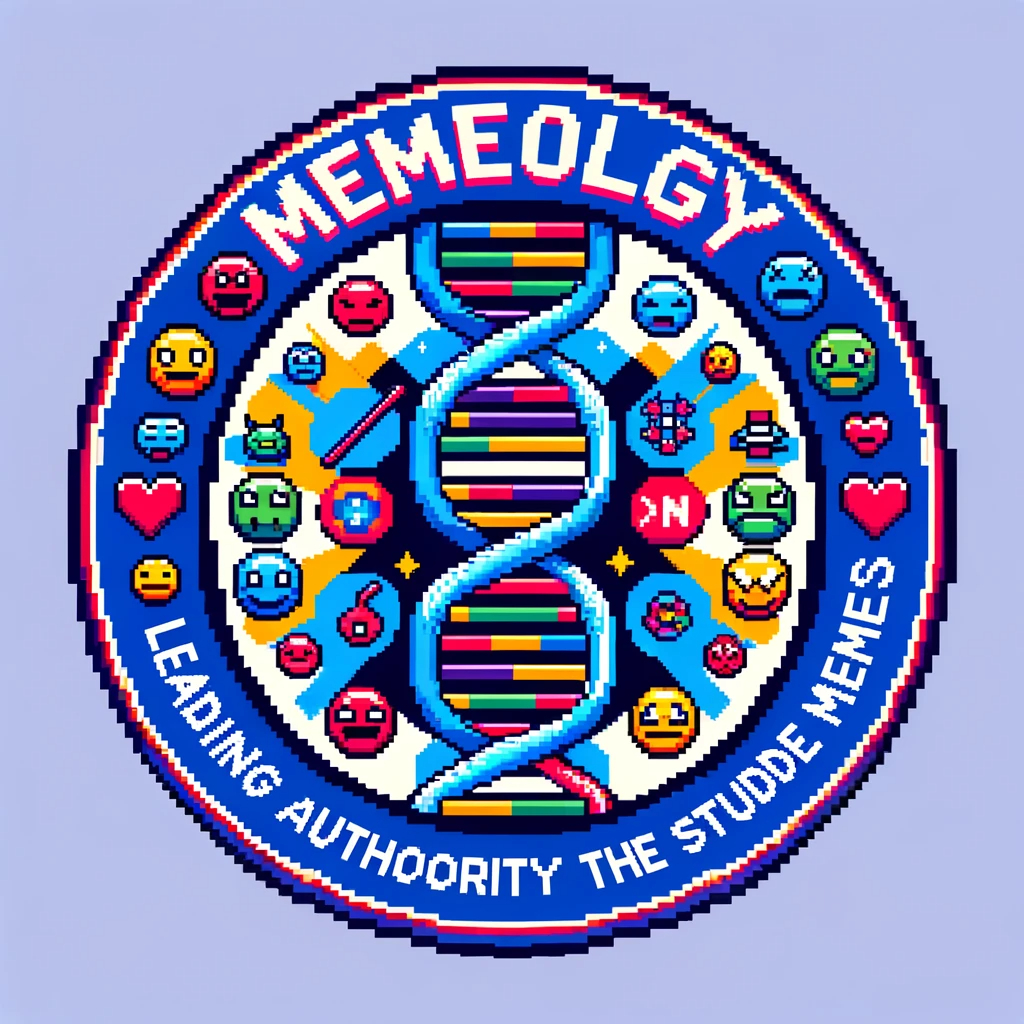327 reads
Bluesky’s Approach to Content Moderation
by
September 24th, 2024
Audio Presented by

Memes are cultural items transmitted by repetition in a manner analogous to the biological transmission of genes.
Story's Credibility

About Author
Memes are cultural items transmitted by repetition in a manner analogous to the biological transmission of genes.
Comments
TOPICS
Related Stories
blue(sky)print
Nov 23, 2020
blue(sky)print
Nov 23, 2020
